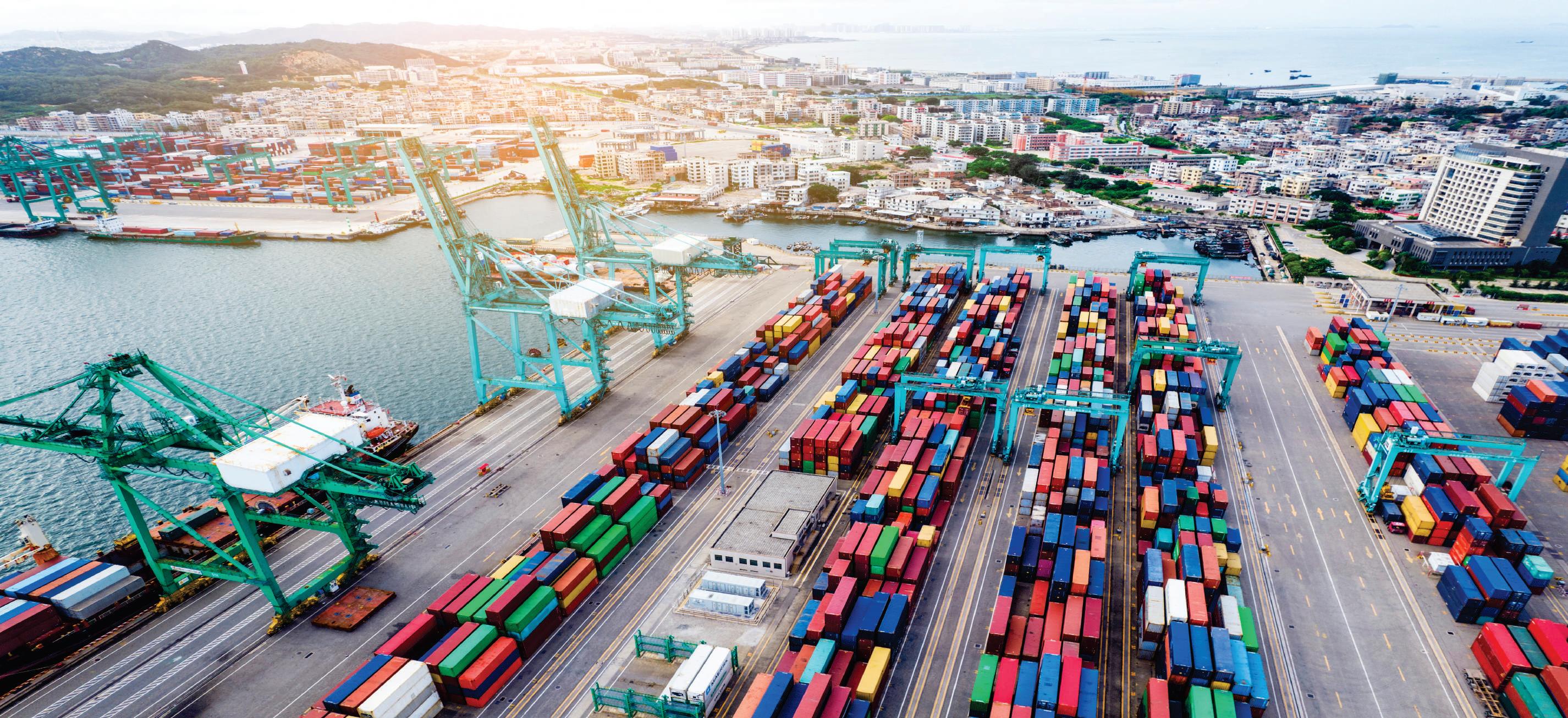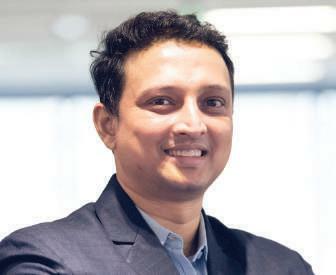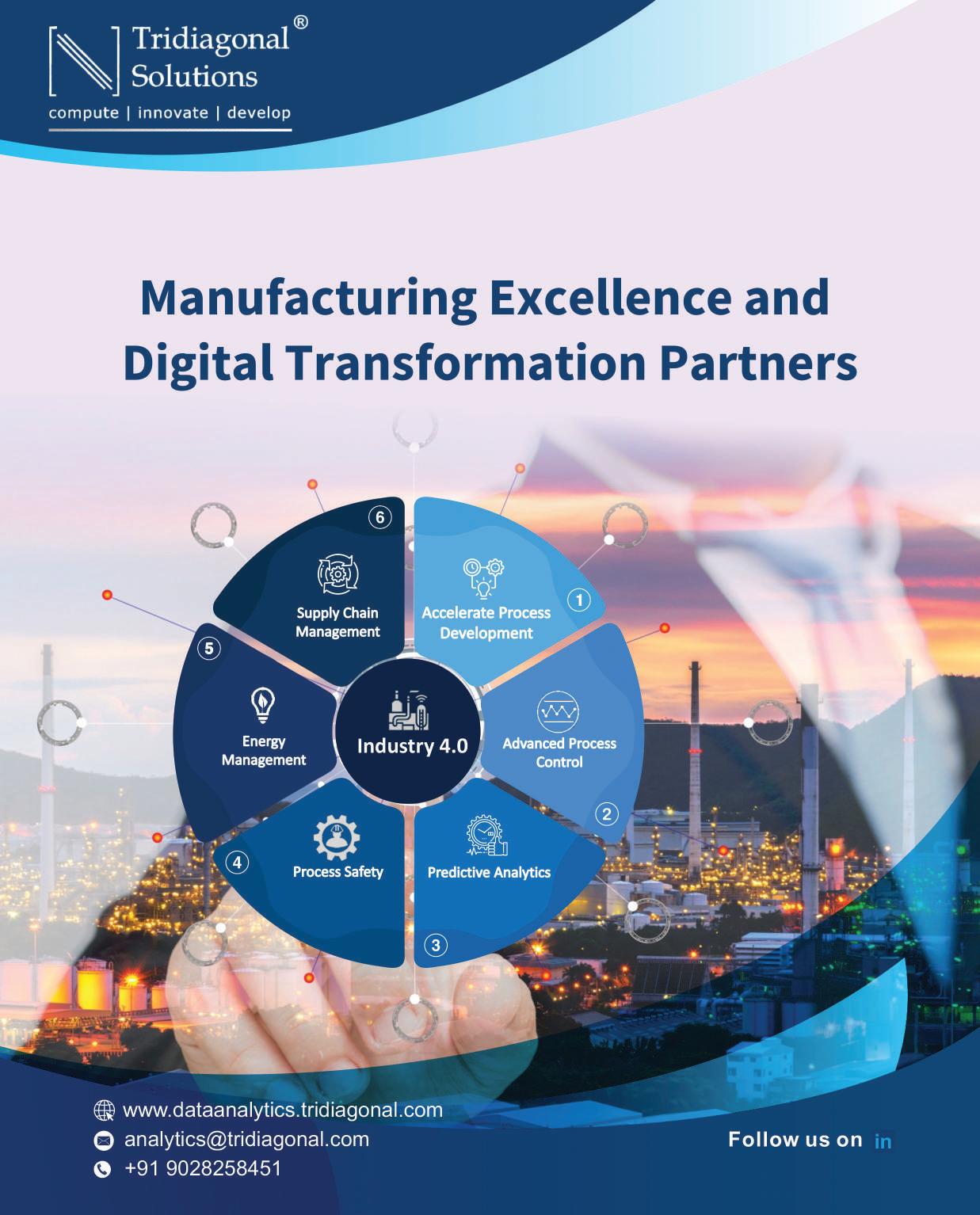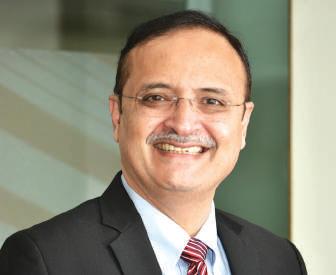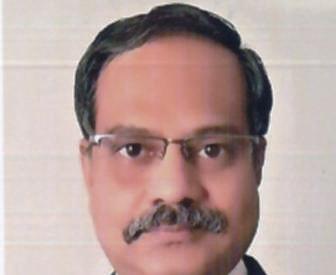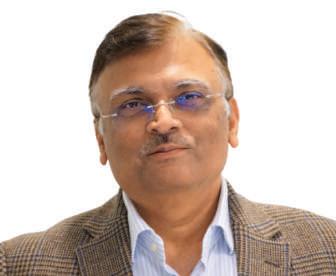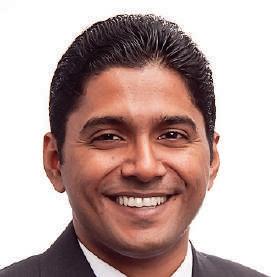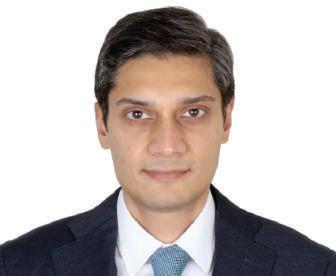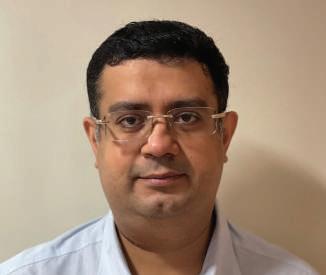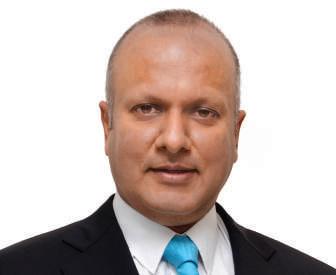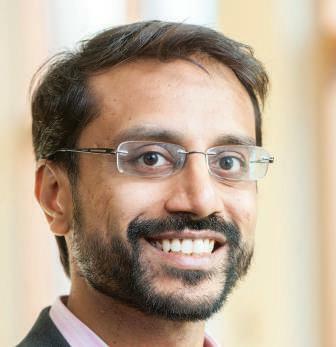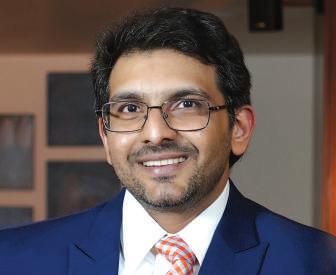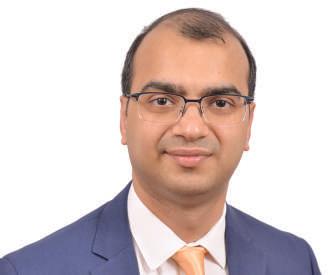[ 158 ]
|
COLUMN
SOP DIGITIZATION AS A 1ST STEP TOWARDS DIGITAL TRANSFORMATION Engaging and supporting the operator of today into the future with guided process control
A SAMEER PIKLE
NATIONAL HEAD - DIGITALIZATION MICROVERSE AUTOMATION
s businesses try hard to gain a competitive edge against their business competitors in today’s complex market scenarios the way operators perform their work in their manufacturing operations, has evolved drastically. Shifting from being purely functional to highly analytical, and becoming smart operators has become a necessity and an integral part of today’s business processes – significantly changing the way businesses operate and add value to archive their business outcomes. Operators earlier were required to be proficient in following set procedures and achieve maximum production. Current operators are expected to be cross functional and go beyond duty to achieve stated business outcomes. In short be agile. To think Digital Transformation is all about data and data driven technology would be belittling the contribution of the shop floor workers in this journey towards achieving Operational Excellence.For any improvement in overall efficiency of a plant or OEE any solution so proposed should take into consideration in the ease of doing work on the manufacturing lines / shop floor with minimal instructions and maximum compliance to Standard Operating Procedures (SoP) To advance operator effectiveness, the latest Process Automation Controllers (PAC) enables operators to better leverage information in both routine and critical conditions for optimal decision making. Such intelligent PAC’s satisfies the growing need for tools that enable them to collect, connect, analyze, and act upon vast amounts of ral-time operations data, supporting a more engaged and intelligent workforce.
HISTORY OF MODULAR PROCEDURAL AUTOMATION A procedural operation consists of a set of operator tasks that are conducted in a set way time-after-time to achieve a certain goal such as starting or shutting down a unit or making a product. As demonstrated by Paul McKenzie (Bristol Myers Squibb) at the World Batch Forum (WBF) North America conference 2007 in Baltimore, it could even apply to the operation of an analyzer. So how was the journey to modular procedural automation? If you look back at the functions available to control systems for both programmable logic controllers (PLC) and distributed control systems (DCS), they focused on discrete and continuous control. Sequential and batch control functions were added later and the logic was more complex. Batch processes are more procedural in nature, but typically involve sets of procedures running in parallel on varying process units and in multiple process stages which almost always need to have built in flexibility. The ISA-88 standard ultimately addressed batch automation very well; however, attempts were made in the 1970s and 1980s to implement advanced procedure management using control system functions with strings of function blocks or by straight-line coded applications. These functions certainly could handle the sequential nature of procedure management but they had limited flexibility. CURRENT INDUSTRY CHALLENGES: One key area is in alerts and communicating to the operator. Work Process management and control require a complex interface but control systems by their very nature limit this ability. Therefore, providing

